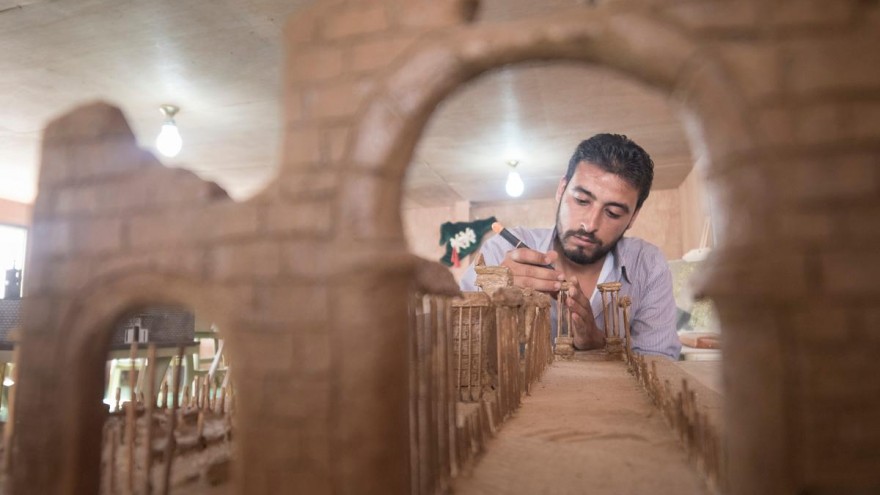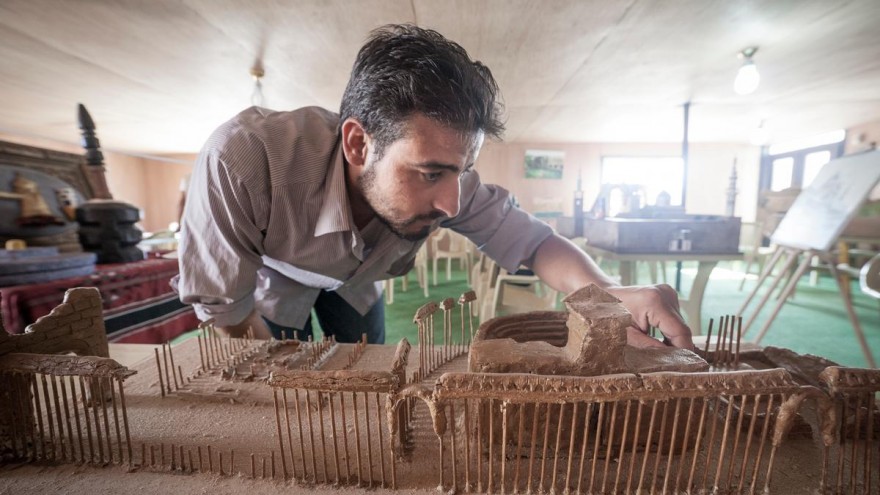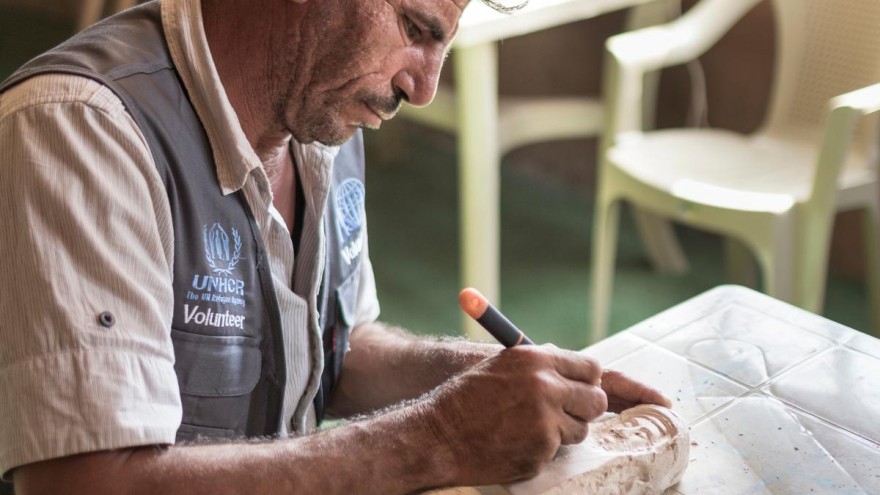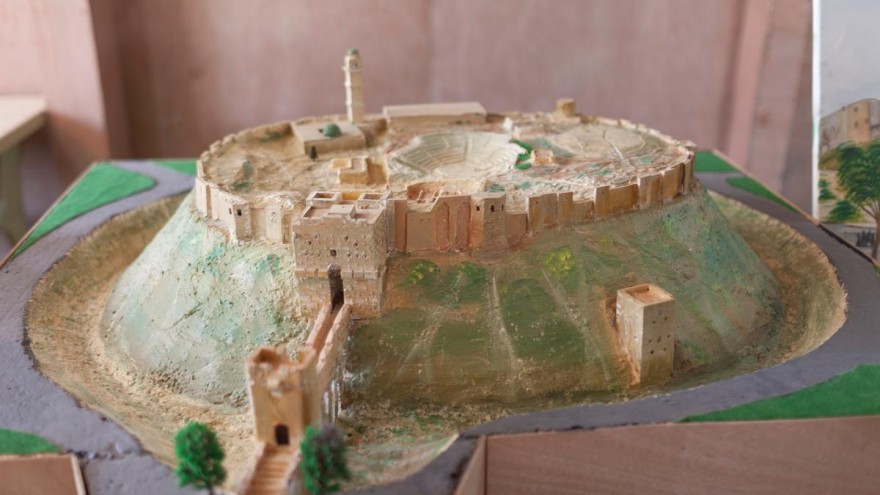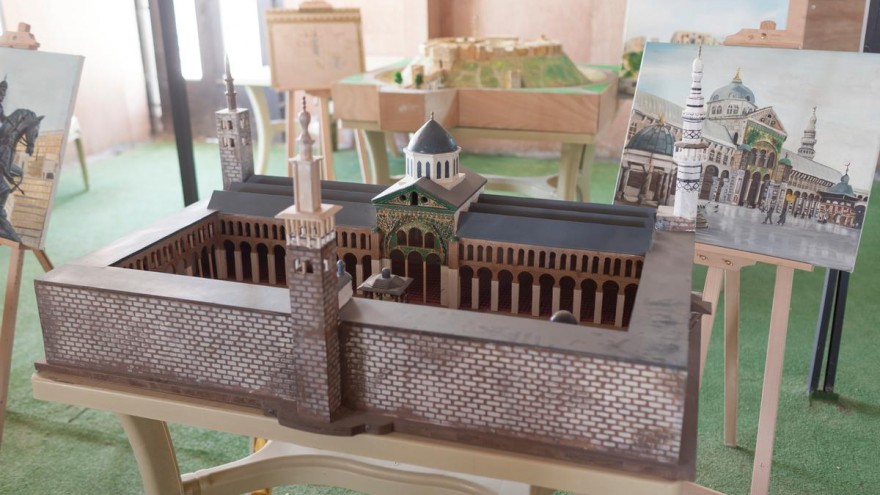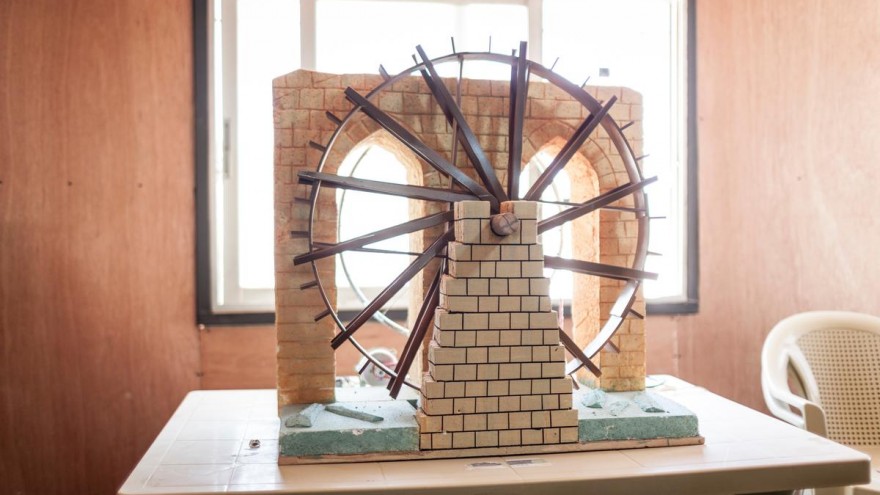A group of Syrian artists living in Jordan’s Za’atari refugee camp are using their talents to create miniature versions of the Syrian landmarks lost in the country’s ongoing conflict. According to the UN Refugee Agency, the project is an attempt to preserve Syria’s rich cultural heritage, and keep the history of the country fresh in the minds of the millions of refugees who were forced to flee their homes.
The Za’atari Camp in northern Jordan has quickly become the world’s second-largest refugee camp with approximately 100 000 residents. Most of the refugees who have fled in search of safety are children or the elderly. Helpless to save the monuments left behind, a group of artists set out to create miniature models using locally sourced materials and basic tools.
“We chose this project to highlight what is happening in Syria, because many of these sites are under threat or have already been destroyed,” says project coordinator Ahmad Hariri, from Dara’a, Syria.
Using local stone, polystyrene and discarded wood, the artists build models and sculptures of iconic sites including the ancient city of Palmyra and the Krak des Chevaliers castle in Homs. Art teacher, 25-year-old Mahmoud Hariri built a model of the Palmyra using clay and wooden kebab skewers.
“I’m very worried about what is happening,” Hariri told the UNHCR. “This site represents our history and culture, not just for Syrians but all of humanity. If it is destroyed it can never be rebuilt.”
The project’s founder, Ahmad Hariri hopes the project will educate the children in the refugee camp about their homeland. It has also given the camp’s artists a renewed sense of purpose.

